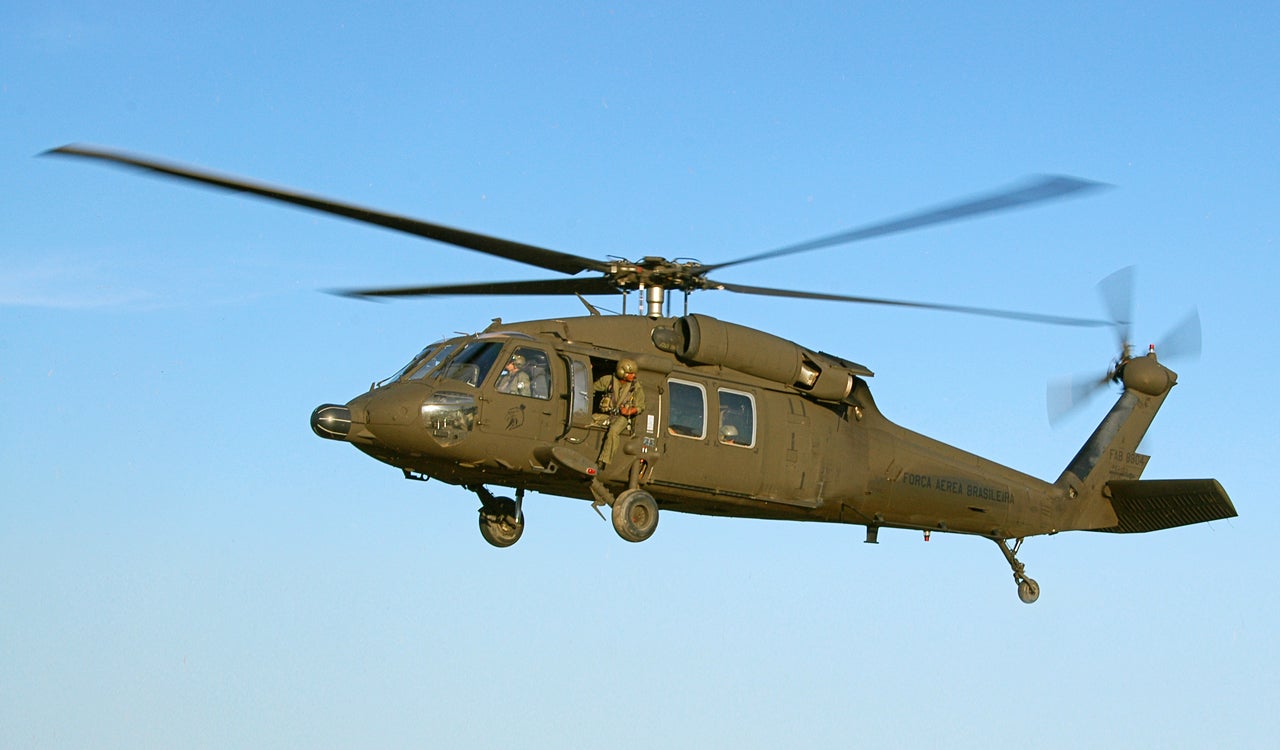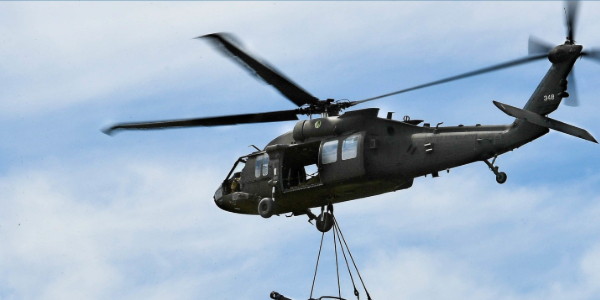UH 60 Helicopter: Advanced Avionics and Combat Solutions
Wiki Article
A Comprehensive Guide to the Upkeep and Care of Aircraft for Durability
The durability of an airplane pivots dramatically on its upkeep and treatment, necessitating an organized approach to guarantee optimum efficiency and safety and security. Routine inspections, paired with a methodical upkeep program, act as critical parts in identifying possible concerns before they intensify. The condition of the aircraft's interior and adherence to regulative criteria play crucial roles in preserving its worth. Yet, recognizing the ins and outs of these methods can be complicated; therefore, it is important to discover the crucial elements that add to reliable airplane care and the effects of ignoring these responsibilities.Significance of Routine Upkeep
Regular maintenance is essential for the safety, efficiency, and long life of airplane. A systematic approach to upkeep makes certain that all components work ideally, consequently minimizing the danger of mechanical failure during procedure. Normal examinations and servicing allow specialists to determine prospective problems prior to they rise right into considerable problems, ensuring that the aircraft continues to be in compliance with aeronautics regulations.In addition, keeping an aircraft according to the producer's standards is essential for maintaining its value. A well-documented maintenance background can enhance resale potential customers and instill self-confidence in potential buyers. Furthermore, regular upkeep adds to operational effectiveness, as it helps to enhance gas usage and efficiency metrics, resulting in cost financial savings with time.
Moreover, routine maintenance adds to the overall safety and security of flight operations (uh 60). By dealing with damage quickly, drivers can mitigate threats linked with aging airplane systems. This proactive strategy not only shields the lives of guests and team yet also safeguards the aircraft itself versus tragic failings

Daily Inspection List
Exactly how can pilots and upkeep staffs ensure the airplane remains in optimum problem before each trip? The solution depends on an extensive day-to-day examination checklist, which functions as a crucial procedure to identify possible problems that might endanger safety and security and performance. This list should include a number of crucial locations, including exterior and interior evaluations, along with practical checks of important systems.Starting with the outside, teams must analyze the airframe for any type of visible damage, leakages, or indications of deterioration. Attention needs to be paid to control surface areas, landing gear, and the problem of tires. Transferring to the interior, the staff needs to verify that all controls and instruments are operational, making sure that digital systems are working correctly.

Along with architectural checks, it is important to inspect fuel levels and validate that all required records, consisting of registration and weight and equilibrium info, depend on date. A review of emergency devices, consisting of life vests and fire extinguishers, need to be carried out to make sure conformity with safety and security laws. By carefully following this day-to-day assessment checklist, pilots and upkeep teams can significantly improve the safety and security and reliability of their airplane.
Arranged Upkeep Programs
Arranged upkeep programs are essential for the lasting safety and security and efficiency of aircraft procedures. These programs are created to make sure that all aircraft components undergo normal inspections, maintenance, and required repair work at fixed periods. By sticking to an organized maintenance schedule, drivers can considerably lower the danger of in-flight failings, improve aircraft integrity, click this site and prolong the life expectancy of vital components.Typically, arranged upkeep is categorized right into various levels, consisting of A, B, C, and D checks, each with distinct requirements and thoroughness. A checks are generally a lot more constant and focus on standard small fixings and visual evaluations, while D checks are extra detailed and occur much less frequently, entailing extensive disassembly and overhaul of the aircraft.
Regulative bodies, such as the FAA and EASA, required conformity with particular upkeep timetables based on airplane kind and use. Operators needs to preserve meticulous records of all upkeep carried out to show conformity and facilitate examinations. In addition, the combination of predictive maintenance technologies can better improve the efficiency of scheduled programs by identifying prospective problems before they escalate, thereby guaranteeing that aircraft remain in optimal problem and all set for risk-free operations.
Care for Airplane Interiors
Looking after aircraft insides is critical not just for passenger convenience however also for keeping the overall worth and security of the aircraft. Routine cleaning and upkeep of the interior elements contribute dramatically to a positive flying experience while protecting the airplane's aesthetic charm.To guarantee optimum care, it is vital to develop a routine cleansing timetable that includes vacuuming rugs, cleaning down surface areas, and sanitizing high-touch areas. Furniture and seating need to be inspected for damage, with any damages promptly addressed to stop more degeneration. Additionally, attention has to be provided to the galley and lavatory locations, which call for extensive cleansing and restocking of materials to keep hygiene.
Moreover, the usage of suitable cleaning agents is vital; severe chemicals can damage products and finishes, so it is advisable to make use of items particularly designed for aircraft interiors. Normal evaluations must likewise be performed to identify any maintenance needs, such as changing damaged seat covers or repairing home window tones. By focusing on the treatment of airplane interiors, operators can enhance the total traveler experience and shield the investment in their aircraft.
Comprehending Governing Compliance
Regulatory compliance is a necessary facet of airplane maintenance, usually calling for drivers to abide by an intricate framework of local, nationwide, and global criteria. This structure is largely established by aviation regulatory bodies such as the Federal Air Travel Management (FAA) in the United States and the European Union Air Travel Safety Agency (EASA) in Europe - uh 60. These organizations state laws that control numerous elements of aircraft maintenance, consisting straight from the source of airworthiness, safety and security protocols, and operational treatments
Moreover, operators need to stay notified concerning adjustments in laws and take part in training programs to ensure that their staff is experienced about compliance demands. Failing to abide with these regulations can result in serious penalties, including fines, grounding of aircraft, or loss of qualification. see it here Understanding and adhering to regulatory compliance is vital for the long life and safety and security of airplane procedures.
Verdict
To conclude, the maintenance and care of aircraft are vital for making certain long life, safety and security, and functional efficiency (uh 60). Regular evaluations, adherence to daily lists, and methodical maintenance programs facilitate the early identification of potential issues. Furthermore, focus to the airplane's inside and conformity with regulatory criteria dramatically add to protecting its value. By implementing these methods, drivers can boost the general experience for travelers while securing the investment in air travel assets.The long life of an aircraft pivots considerably on its upkeep and care, necessitating an organized approach to guarantee ideal efficiency and safety. By vigilantly following this daily assessment list, pilots and maintenance crews can considerably improve the safety and security and dependability of their aircraft.
These programs are created to ensure that all airplane elements go through routine inspections, upkeep, and necessary repair work at fixed periods. By focusing on the treatment of aircraft insides, operators can improve the general passenger experience and safeguard the investment in their aircraft.
In final thought, the upkeep and treatment of aircraft are critical for making sure durability, security, and operational performance.
Report this wiki page